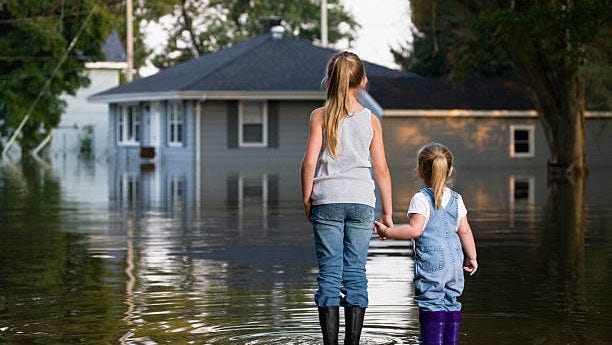
If you’ve had flooding in your basement, you know how devastating it can be. But you might wonder how flood insurance works. There are many types of coverage available, including wind and sea surges. If your basement floods, you will need to call a water damage restoration in Texas Hill Country professional, and it would be best if you have flood insurance to recover the expense. But how do you find the right flood insurance for your property? Read this article to find out more about this essential coverage.
Flood Insurance
While your home insurance policy might cover most accidents and storms, it does not cover flooding. This is why you should consider purchasing flood insurance for water damage. This type of insurance is crucial if you live in a flood zone. A policy that does not cover flood damage will not cover your expenses, and you might not even be able to replace your damaged property. In addition, if you have been displaced because of the storm, you should consider purchasing additional flood insurance.
Before you buy flood insurance, you should know how much the coverage is for your particular circumstances. Make sure you understand the deductible for flood damage and water damage. Flood deductibles can be significantly higher than those for other types of loss. Many homeowners in flood-prone areas struggle to find affordable flood insurance. For these people, the National Flood Insurance Program may assist. These policies are designed to cover the cost of flood damage and other natural disasters.
Windstorm coverage
If you live in a low-risk region, your homeowner’s insurance policy probably already covers windstorm damage, but you may want to consider buying windstorm insurance separately. It’s wise to purchase windstorm insurance before a hurricane strikes your area since there may be a waiting period before you’re eligible for reimbursement. In addition, many policies limit the damage a windstorm can cause, so you should purchase a policy as early as possible and review your policy before the hurricane season starts.
When purchasing insurance for windstorm damage, make sure to check your deductible. Higher deductibles can lower your premium but also increase your out-of-pocket costs. Windstorm insurance policies cover both the inside and outside of your home, including your personal belongings and the structure of your home. However, if the storm caused flooding or storm surges, your windstorm insurance policy won’t cover that. You’ll also need a flood insurance policy if you live in an area that is susceptible to flooding from windstorms.
Sea surge coverage
What is a storm surge? Simply put, it is the water that is pushed toward the shore by strong winds. Coastal communities can experience significant flooding from a hurricane storm tide. While storm surge is generally not listed as an excluded peril on property insurance forms, many cases argue it does apply. Therefore, it is essential to be familiar with the definition of storm surge and how it impacts your property. Hurricanes often cause storm surges to occur, and Sandy certainly brought that damage to a coastal area.
Despite this common misconception, the Fifth Circuit has repeatedly held that storm surge damage is covered under standard homeowners and property insurance policies. It has often rejected arguments that water damage occurring concurrently with wind damage causes flooding within the policy. In recent cases, such as Bible v. Belsom, the Fifth Circuit has rejected arguments that a storm surge does not constitute a flood. However, flood insurance policies generally exclude storm surge damage. Thus, storm surge policies are essential for preventing loss from flooding in coastal areas.
Sewer backup coverage
Suppose your business has suffered water damage from a storm. In that case, you may wonder what coverage is available and if it covers water damage restoration in Texas Hill Country company fees. While flood insurance typically covers flood damage, you should also look into sewer backup coverage. A sewer backup endorsement will pay for damage caused by sewer overflow or failure of a sump pump. Having a sump pump installed is vital to preventing flooding in the basement. If your pump fails, thousands of dollars in damage may result.
A standard homeowner’s insurance policy does not cover sewer backup, which can be expensive to clean up. This type of insurance is available separately from flood insurance. If you need additional coverage, check to see if the insurance company you’ve signed up with offers sewer backup coverage. Sewer backup coverage is not included in a standard homeowner’s insurance policy, but you can purchase an endorsement.
